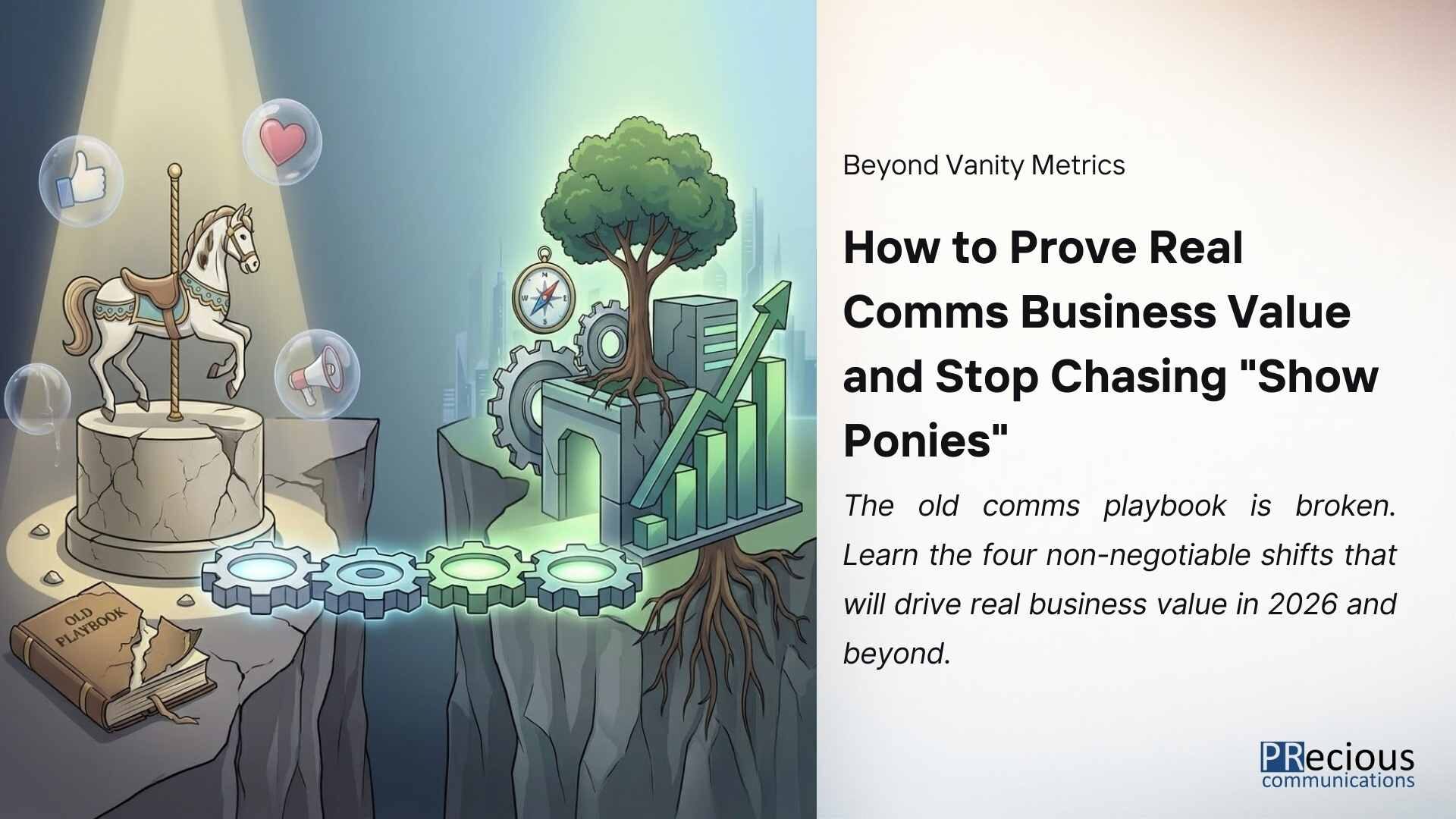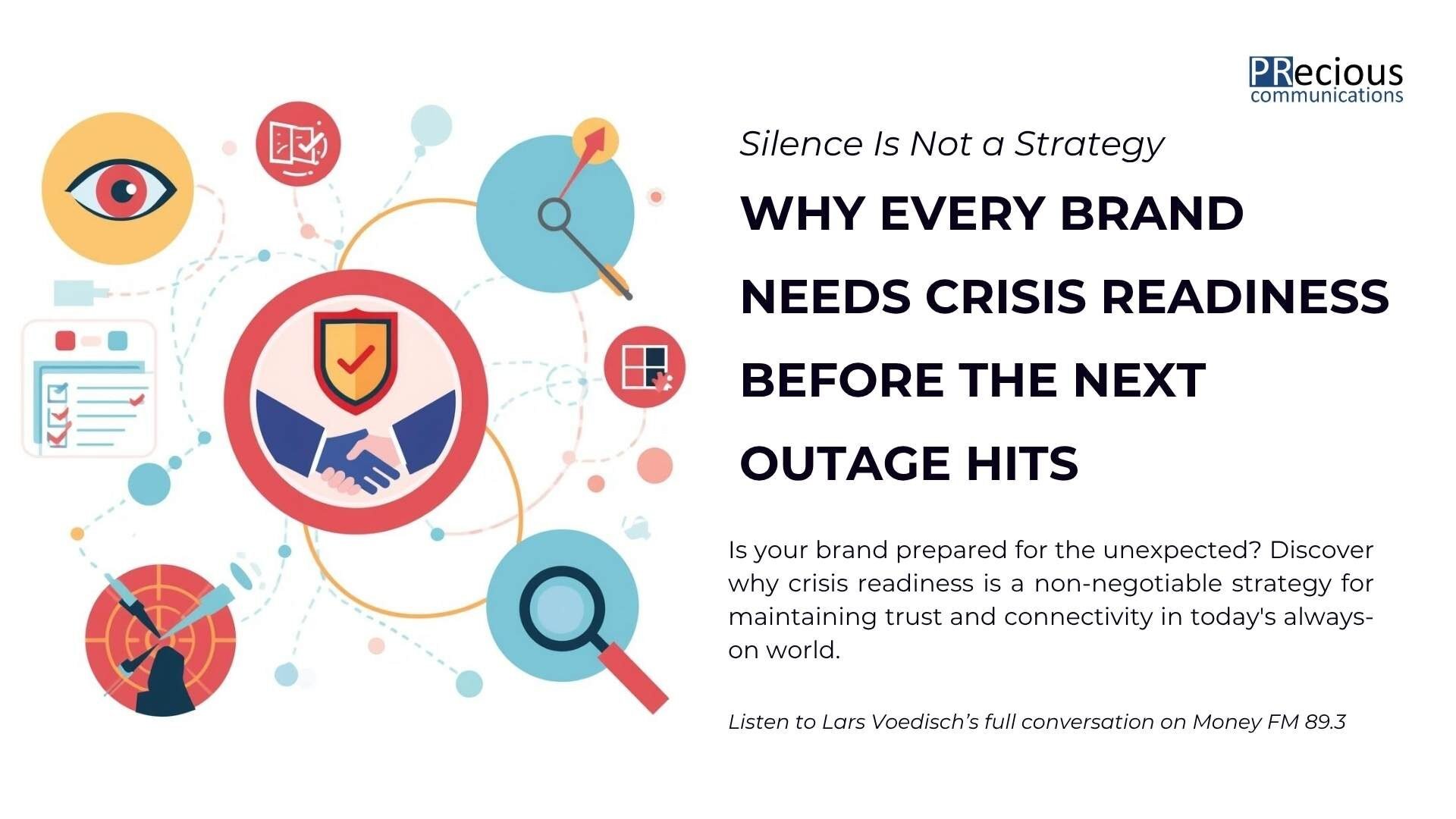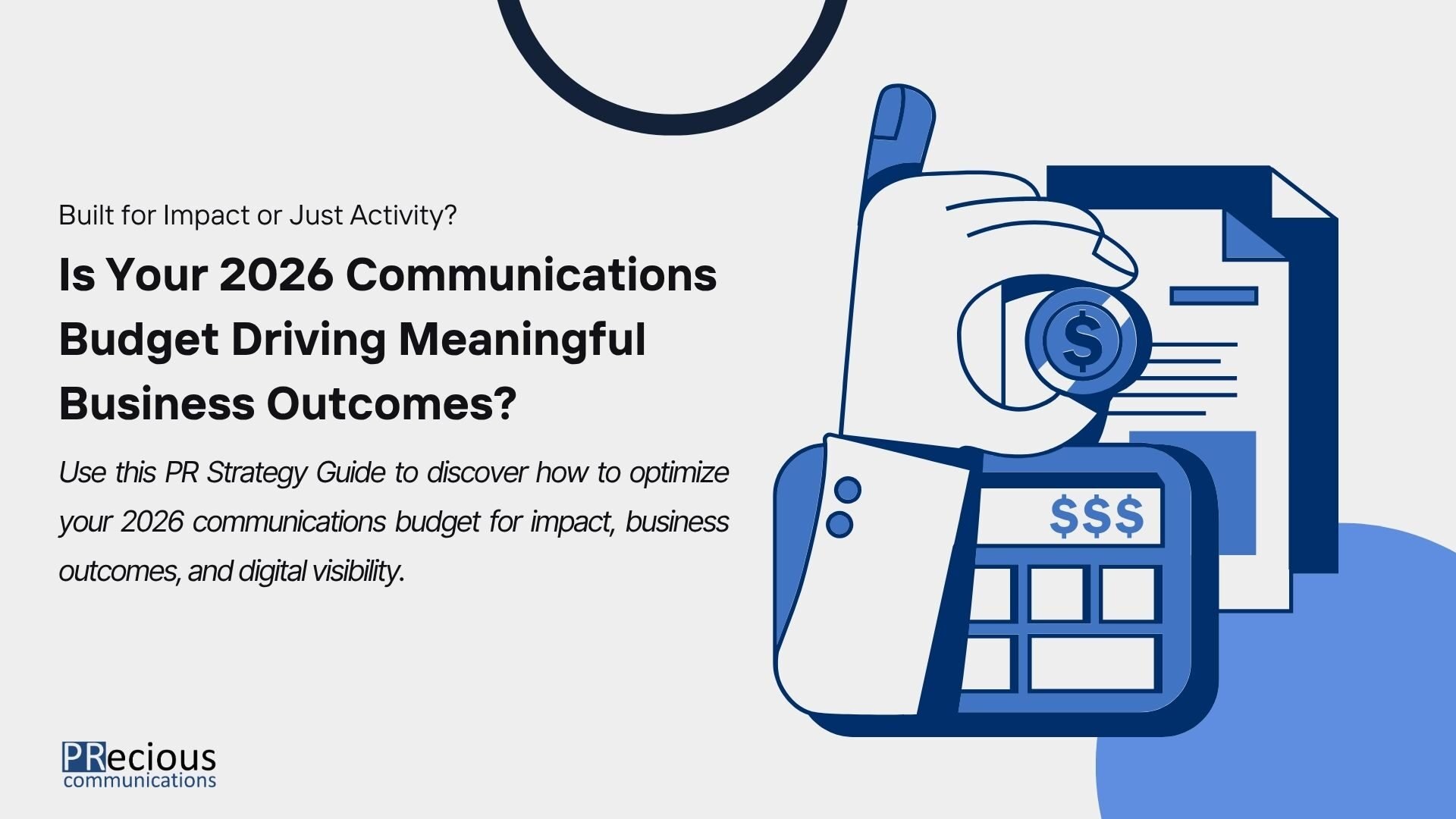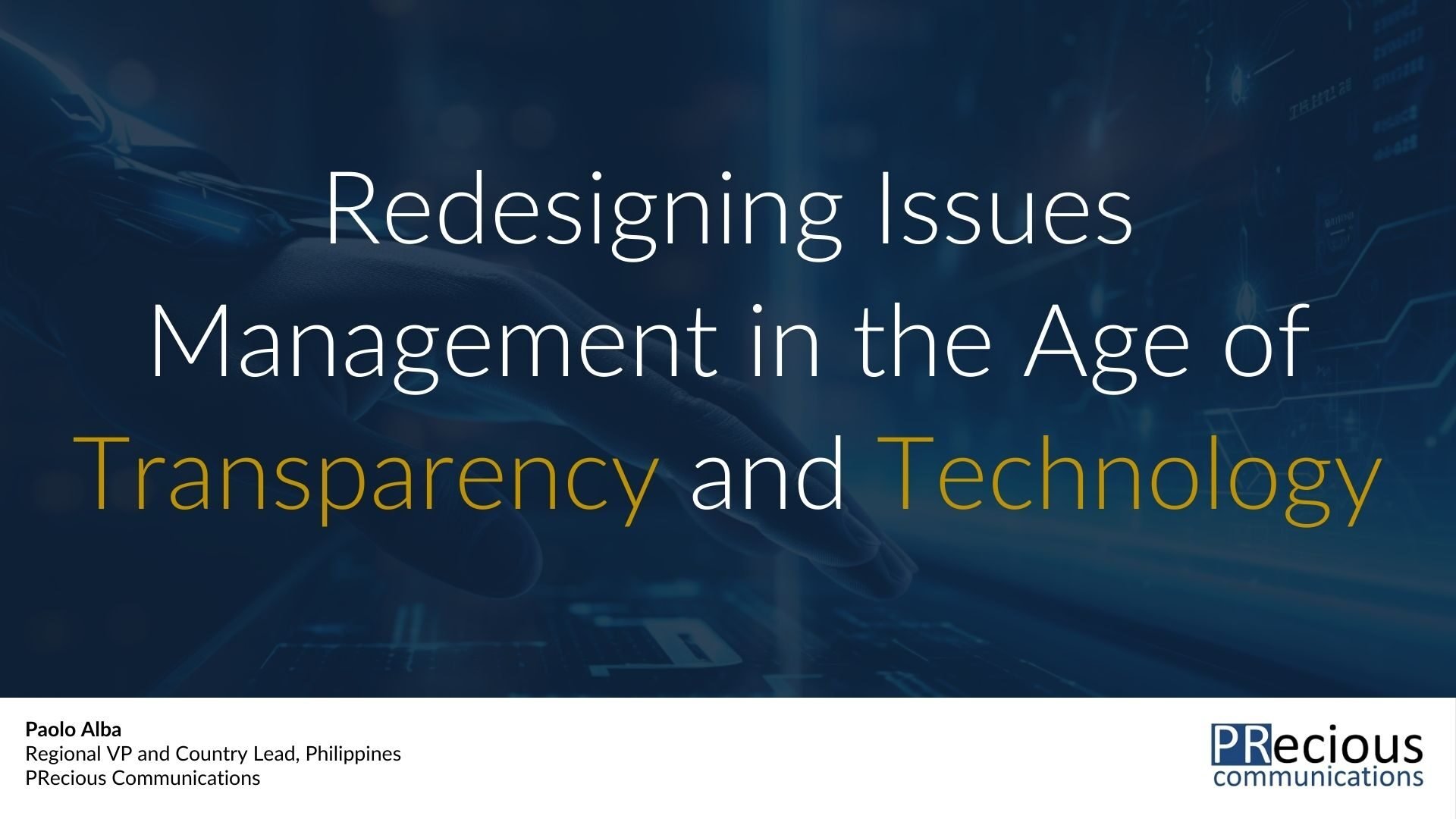
getty
In a business environment increasingly shaped by volatility, digital acceleration and stakeholder scrutiny, communications leaders face a critical inflection point. Generating media coverage or amplifying brand stories is no longer enough. Today’s C-suites demand communications that directly support business goals, whether driving revenue, enhancing reputation, recruiting top talent or navigating environmental, social and governance challenges.
In this new reality, communications must evolve into a strategic lever or risk becoming a vanity line item on the budget sheet.
Communications Must Solve Business Problems
Traditional metrics—impressions, mentions and media hits—fail to capture what truly matters. These are not business outcomes. At best, they are visibility indicators; at worst, they are distractions.
Modern organizations require communications that serve as a problem-solving function, one that can anticipate reputational risks, support market entry strategies, build trust in leadership and align messaging with purpose.
Increasingly, companies are seeking partners who can do more than execute campaigns. They want advisors who understand industry dynamics, commercial imperatives and organizational challenges.
Strategic communications today means:
• Connecting messaging with measurable business impact
• Managing brand and stakeholder trust during change
• Influencing perception across owned, earned, paid and shared channels
• Using analytics to drive predictive—not just reactive—insight
This demands a shift within agencies and in-house teams alike.
Evolving From Amplification To Advisory
The future of communications lies in integration—where narrative meets performance, where media strategy supports talent attraction and where reputation becomes a measurable asset.
This future also demands new capabilities: advisory sprints; environmental, social and governance (ESG) and risk audits; AI-assisted analysis; and leadership communications aligned with corporate transformation.
Generative AI is changing the game, but it is not eliminating the need for communicators. Instead, it commoditizes basic outputs while amplifying the importance of human judgment, nuance and emotional intelligence.
The leaders in this space will be those who combine technological fluency with strategic foresight—those who can use AI to enhance productivity while staying anchored in the business context.
The message to communications leaders is clear: Evolve from amplification to advisory, from noise to influence.
Shifting Your Mindset: Think Like A Business Strategist
For agencies and in-house teams, the shift begins with a mindset reset. Communications leaders must move from content production to business translation. That means getting closer to strategy. Join product discussions, sit in HR briefings and dig into what sales is hearing on the ground. Introduce advisory sprints to identify areas of weakness early. Use ESG and risk audits to align narrative with accountability. Bring AI into the mix, but as a force multiplier, not a replacement. Most importantly, build fluency in the language of growth, risk and stakeholder value. The future isn’t about more content. It’s about sharper counsel, delivered sooner. You must be fluent in growth, risk, culture and transformation. Anything less may soon be seen as a luxury few can afford.
Communications is no longer a siloed function. It is increasingly intertwined with investor relations, human resources, customer experience and even supply chain strategy. As businesses face pressure to demonstrate transparency and accountability, the role of communications is to ensure coherence between what a company says, does and stands for.
This evolution is not just a shift in execution—it is a shift in mindset. It requires communicators to think like business strategists—to understand profit and loss dynamics, stakeholder priorities and the levers that drive both perception and performance. It calls for the integration of data with narrative, where analytics don’t just prove value, but also inform direction.
Perhaps most importantly, it signals a cultural shift within the function. PR and communications professionals must move beyond tactical proficiency and embrace a consultative posture. Those who can connect reputation management to commercial outcomes will increasingly be invited into earlier, more influential conversations.
The Future Of Communications: Doing What Matters
Today’s boards and leadership teams are not interested in media coverage for its own sake. They want clarity on how messaging shapes sentiment, how positioning affects talent attraction and how brand purpose contributes to long-term differentiation.
The implication is clear: The future of communications is not about doing more. It’s about doing what matters. And that begins with aligning closer to the business itself.



